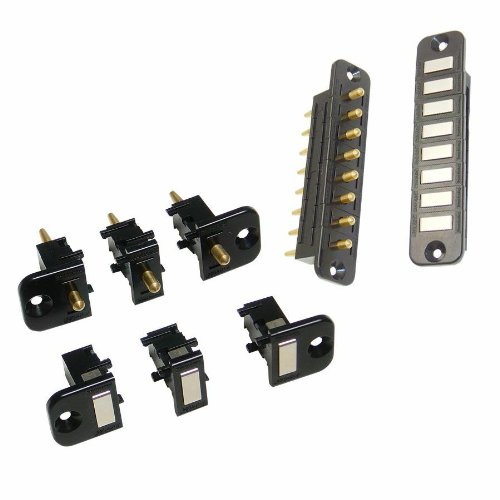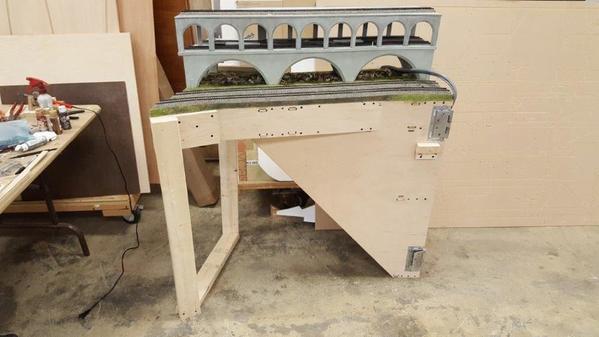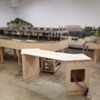I could only imagine short power runs for a reason. They have a point though.
"Bound to give you problems no matter how you set it up"? Thats pretty pessimistic. On a drop swing the weight alone would be enough to forego graphite/ tungsten points (pressure is key to electical contact/ flow). Door contacts are reliable, vary widely, and are used widely daily...just in places you've never noticed or thought of 
With a long bus, it would supply a shorter path from A to B at times; that's a good thing. Maybe overkill, but not a bad thing if A-B by bus is 60' and by contacts is only 10'.
I could see a command issue, but that's a wildly pessimistic, worst case scenario point too. You might hit the lotto with a scratch off too.
Wiring to the bridge to be killed on raise, can also be done by a single push pin cabnet door switch and a relay if needed. (might as well shut down a good length of track leading to it too...no cliff diving or ramming..figure out what you need and ADD EXTRA ROOM).
Those cabnet switches mount in the hinge area, or door frame (bridge footings) Common in vending and games, industrial machines, etc. to cut off when the units are open and usually has an aditional pull action for servicing....Oh, your furnace door should have one if its not ancient.
"Refered to as a panel lockout switch". Pull the burner panel and the furnace shuts off.
For the contact type I was suggesting get made, industrial/resturant freezer room doors are where I made a similar set to replace the originals no longer made (secondary lighting, low volt relay controlled). They survived 5 years of daily use, 362 days of the year, maybe 50+ or so openings each day min., and last I checked, looked good as new, and IMO will far outlast the factory part..that was no longer made, with it being 35 years old and all.
Three copper strips, 6 screws, 2 loop terminals 2 nylon blocks(+4 attch. screws; "insulation", blocks might be fishpaper for you), and some hand tools. (a spst).


















